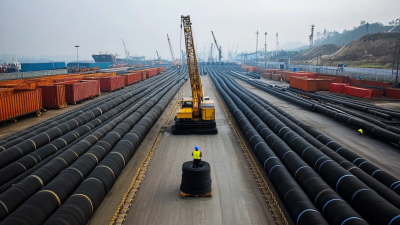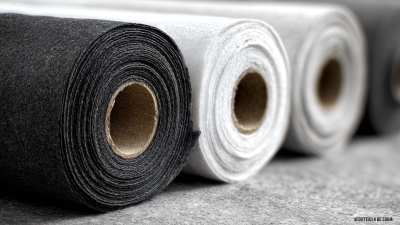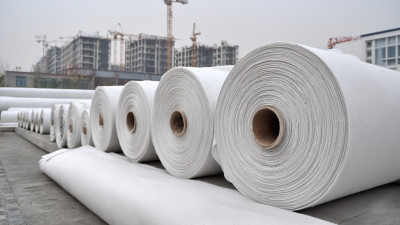Inquiry
Form loading...
- Phone
- E-mail
In the world of civil engineering and construction, the significance of high-quality materials cannot be overstated, and Pp Geotextile stands out as a crucial component in many applications. This innovative fabric, designed to enhance soil stability and promote effective drainage, is increasingly sought after by engineers and contractors alike. However, sourcing top-grade Pp Geotextile on a global scale can be challenging due to varying quality standards, supplier reliability, and market fluctuations. Thus, understanding the best practices for sourcing these materials is essential for maximizing both quality and value. In this guide, we will explore seven key strategies that can help businesses effectively navigate the complexities of sourcing Pp Geotextile, ensuring that they not only secure superior products but also optimize their investment in geotechnical solutions worldwide.
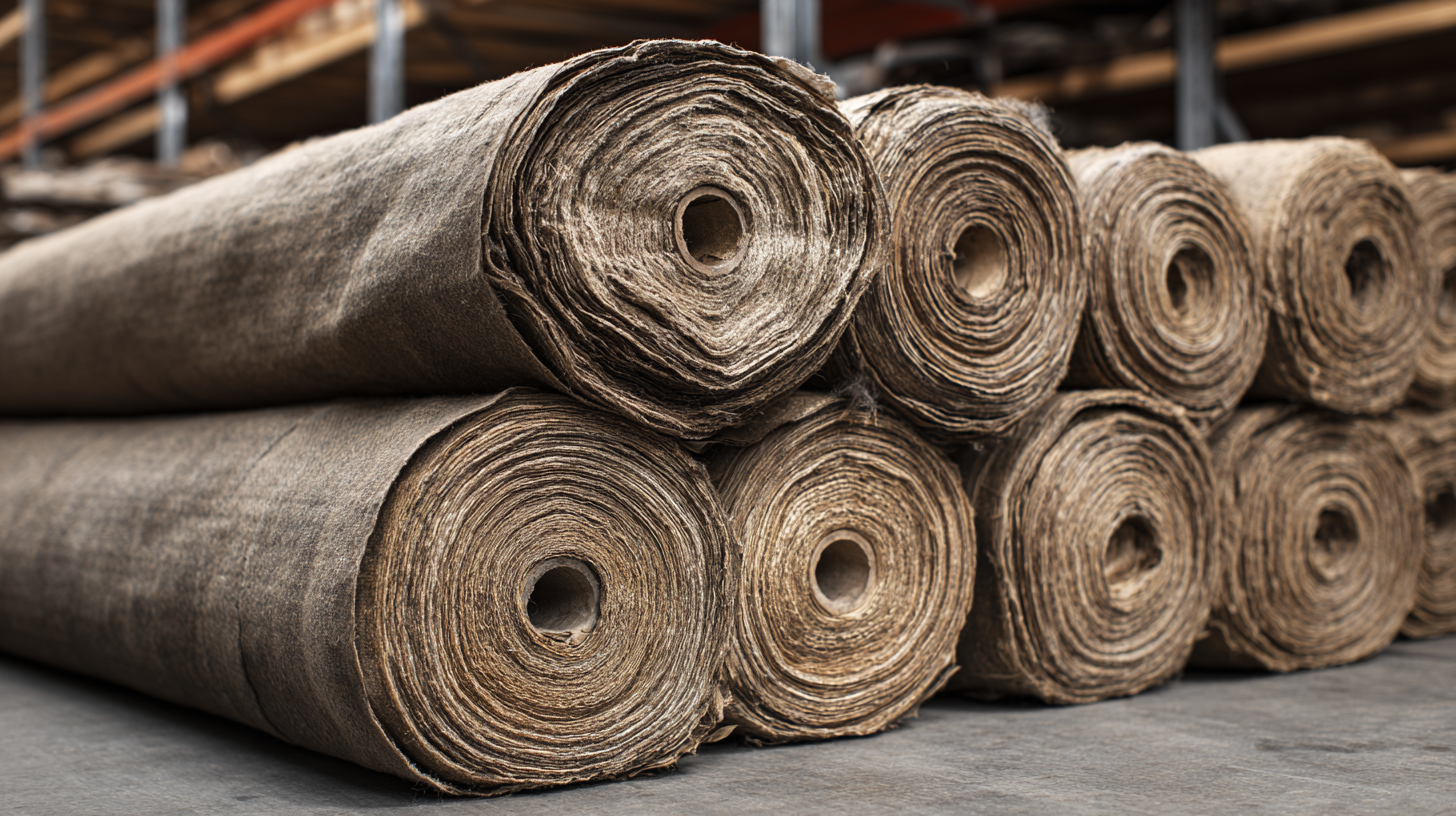
In the quest for sustainable solutions in environmental engineering, sourcing reliable suppliers for PP geotextiles has become more critical than ever. As geotextiles are increasingly utilized for various applications, from erosion control to drainage solutions, the significance of identifying suppliers who ensure high-quality materials is paramount. Manufacturers are now focusing on biodegradable options, which not only address environmental concerns but also enhance the overall performance of geotextiles in diverse contexts. Partnering with suppliers who prioritize sustainability and innovation can contribute significantly to the effectiveness of projects in this field.
When evaluating potential suppliers, it is essential to consider their commitment to product integrity, including the release and quantification of contaminants during use. Recent studies have highlighted the importance of assessing the environmental impact of geotextiles, particularly regarding the leaching of organic and inorganic contaminants into surrounding ecosystems. Moreover, suppliers should be knowledgeable about advancements in geotextile technologies, such as the ability to capture microplastics within permeable pavements. By collaborating with suppliers who are at the forefront of these developments, stakeholders can maximize both the quality and value of their geotextile sourcing, ultimately leading to more effective and eco-friendly engineering solutions worldwide.
When sourcing PP geotextile, evaluating quality standards and certifications is crucial in ensuring that the materials meet project requirements. The quality of geotextiles is often determined by specific industry certifications, such as ISO 9001, which emphasizes consistent quality management. These certifications not only guarantee superior performance but also enhance the credibility of suppliers. When assessing potential suppliers, it’s essential to inquire about their certifications and understand the testing methods used to validate the quality of their products.
Tip: Always ask for third-party test results that confirm the geotextile’s physical and mechanical properties. This documentation will provide assurance of the product’s capabilities in real-world applications.
Additionally, understanding the standards set by organizations like ASTM International can guide sourcing decisions. Compliance with these standards ensures that the geotextile will perform as expected in various conditions, from filtration to separation. It’s essential to communicate your project’s specific needs clearly to suppliers, as this will aid them in recommending the most suitable products that comply with relevant norms.
Tip: Develop a checklist of the required certifications and standards tailored to your project to streamline the evaluation process and ensure all bases are covered when selecting suppliers.
| Best Practice | Description | Quality Standards | Certifications |
|---|---|---|---|
| Material Selection | Choose high-quality raw materials for durability. | ASTM D4759 | ISO 9001 |
| Supplier Assessment | Evaluate potential suppliers for reliability. | ISO 14001 | CE Marking |
| Performance Testing | Conduct tests to ensure geotextiles meet performance criteria. | ASTM D4595 | GAI-LAP |
| Sustainability Evaluation | Assess the environmental impact of materials used. | ISO 14064 | Cradle to Cradle Certification |
| Transparency in Sourcing | Ensure clear documentation and traceability of materials. | ISO 28000 | BRCGS |
| Regular Audits | Perform audits to ensure compliance with standards. | SA8000 | SGS Certification |
| Staff Training | Train staff on quality control practices. | ISO 10015 | TÜV Rheinland |
Negotiating prices for PP geotextiles can be a daunting task, but with the right strategies, you can maximize cost-effectiveness. First, it's crucial to gather comprehensive market intelligence. Research various suppliers to understand the pricing trends and assess their product quality. Having a benchmark allows you to enter negotiations with confidence, ensuring that you know what constitutes a fair price.
Another effective approach is to prioritize relationship-building with your suppliers. Establishing strong communication can lead to better deals and more favorable terms. When suppliers feel valued and understood, they may be more willing to offer discounts or flexible payment terms. Additionally, consider bundling orders or committing to long-term purchase agreements. This strategy not only strengthens your negotiating position but also can lead to significant savings over time. By employing these tactics, you can ensure you are getting the best value for your investment in PP geotextiles.

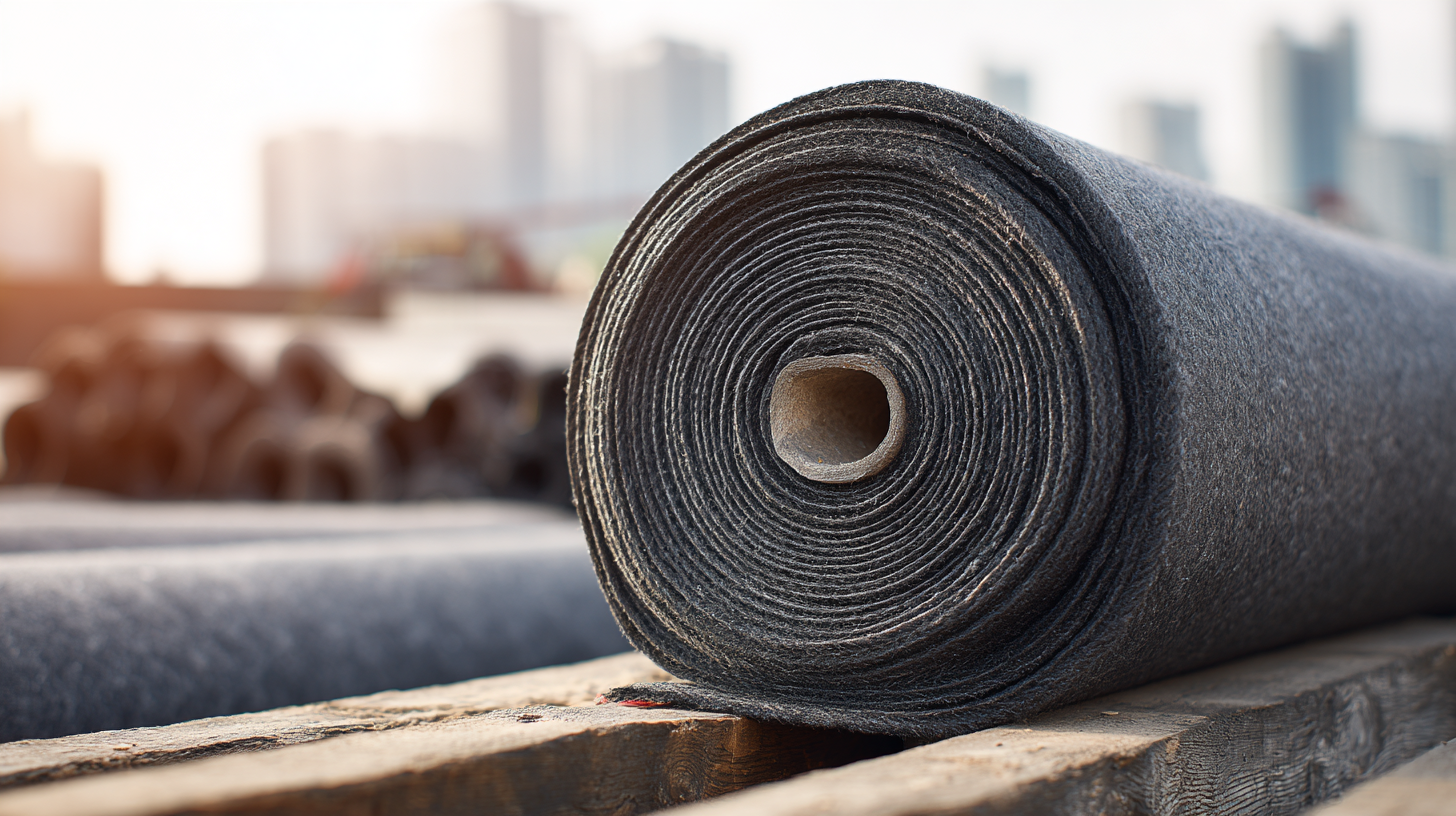 Sustainable sourcing practices are increasingly crucial in the geotextile industry, particularly for polypropylene (PP) geotextiles. According to a report by MarketsandMarkets, the global geotextiles market is projected to grow from USD 5.9 billion in 2021 to USD 10.3 billion by 2026, emphasizing the need for sustainable materials in meeting increasing demand. Incorporating sustainable sourcing not only enhances the environmental footprint but also strengthens supply chain resilience. By utilizing recycled materials and eco-friendly production processes, companies can contribute to reducing plastic waste, which is projected to reach 3.4 billion tons by 2030 if current trends continue, as noted in a report by the World Economic Forum.
Sustainable sourcing practices are increasingly crucial in the geotextile industry, particularly for polypropylene (PP) geotextiles. According to a report by MarketsandMarkets, the global geotextiles market is projected to grow from USD 5.9 billion in 2021 to USD 10.3 billion by 2026, emphasizing the need for sustainable materials in meeting increasing demand. Incorporating sustainable sourcing not only enhances the environmental footprint but also strengthens supply chain resilience. By utilizing recycled materials and eco-friendly production processes, companies can contribute to reducing plastic waste, which is projected to reach 3.4 billion tons by 2030 if current trends continue, as noted in a report by the World Economic Forum.
Moreover, sustainable sourcing practices can lead to increased value for businesses and stakeholders. A study by the Ellen MacArthur Foundation indicates that transitioning to a circular economy could unlock USD 1 trillion of value annually in the plastics system alone. Companies that prioritize sustainable sourcing not only fulfill regulatory requirements but also appeal to environmentally-conscious consumers, positioning themselves competitively in the marketplace. By embracing sustainability, organizations can mitigate risks associated with raw material scarcity and enhance their overall brand reputation, leading to long-term operational success.
In the rapidly evolving landscape of geotextile sourcing, leveraging technology is paramount for maximizing both quality and value. Innovative tools, such as advanced digital platforms and artificial intelligence, streamline the procurement process, allowing companies to efficiently match their project requirements with high-quality materials. This not only enhances operational efficiency but also facilitates better decision-making by providing access to comprehensive data and analytics.
One effective tip is to utilize online marketplaces and sourcing platforms that specialize in geotextiles. These platforms enable users to compare products, read reviews, and discover the latest advancements in materials, such as the newly released geosynthetic clay liners.
Another important practice is to adopt a collaborative approach when sourcing. Engaging with suppliers directly through video conferencing and virtual meetings can help foster strong relationships and ensure clarity on specifications, ultimately leading to better product outcomes.
Lastly, implementing an integrated supply chain management system can significantly improve sourcing practices. Real-time tracking of inventory and shipments allows companies to maintain optimal stock levels, reducing delays while ensuring that they meet project timelines without compromising on material quality. By embracing these technological advancements, businesses can enhance their sourcing strategies and secure the best geotextile solutions available in the market.
